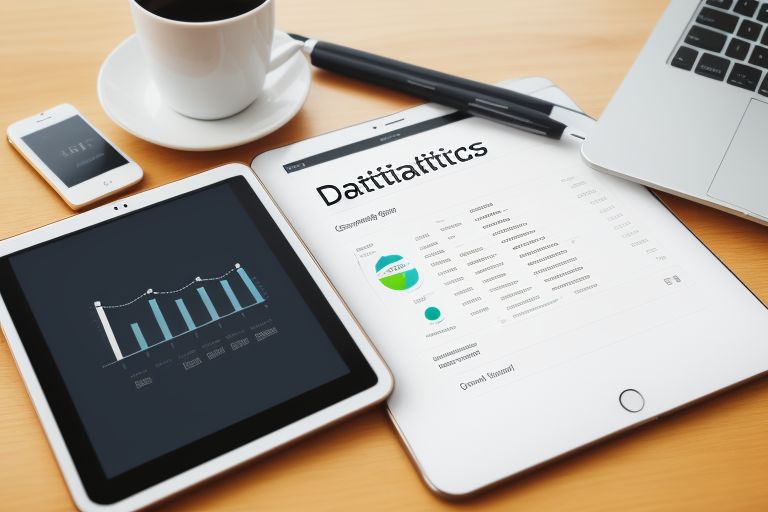Forget “do more with less.” Data analysts will be known for their ability to do more with what they already have in 2024.
For data and analytics leaders that are scrappy, or agile, and want to demonstrate their worth without adding a new tool or (potentially) requesting more funding, there are three suggestions. Leaders can devise innovative strategies and demonstrate their worth to the company by comprehending these patterns.
Recommendation #1: Monetize existing data
The monetization of pre-existing data is emerging as a critical business strategy across all sectors. With the increasing volume and significance of data, organizations are coming to acknowledge the latent value that resides within their databases.
Organizations frequently possess valuable customer data, such as browsing patterns, purchase records, and demographic particulars. Organizations can acquire significant insights into customer preferences and behaviour through the analysis of this data. Customer satisfaction and sales can be increased as a result of the customization of products, services, and marketing initiatives for each individual customer based on this data.
E-commerce enterprises, including Amazon, have the capability to analyze customers’ purchase histories in order to gain insights into potential future purchases. By utilizing user data, Amazon is able to generate more accurate product recommendations and consequently boost their sales revenue.
Alternative businesses may opt to generate revenue directly from their data through engagement in data exchange platforms or marketplaces. These platforms facilitate the exchange of data between businesses, for which the companies receive monetary compensation. An illustration of this would be when a provider of historical weather data offers it for sale to agricultural enterprises, which could then employ it to forecast crop yields and assess risks.
An additional strategy entails providing customers or other businesses with subscription services or premium insights. Recurring revenue streams can be generated by businesses through the provision of exclusive data sets, analytics tools, or industry reports. To illustrate, John Deere, according to Forbes, established the model of selling data obtained from its sensor-equipped farm equipment to farmers in the form of productivity-enhancing insights.
It is prudent for data analytics leaders to contemplate unlocking the revenue that is currently immobilized within their data stores, regardless of whether the data is utilized to enhance the customer experience, sold to another business, or sold to consumers in the form of a resulting product.
Recommendation #2: Free siloed data
Businesses are receiving an influx of novel data types and combinations, and it is your responsibility to extract value for the organization from them. However, data is frequently discovered in silos; if you are tasked with constructing a data-driven organization that becomes more reliant on data sharing, you may find it difficult to identify, locate, and facilitate the reuse of data that supports your business strategy.
In 2024, leaders in data and analytics will place extensive emphasis on the importance of data sharing. It is a critical business capability that facilitates timely access to pertinent data in order to extract the most significant insights. Data and analytics leaders will be required to utilize shared data not only for internal and external purposes but also to support data as a product, thereby fostering innovation within the organization.
What steps should be taken to advance data sharing in 2024?
To facilitate data sharing across diverse internal and external data sources using a single architecture, think about implementing a data fabric design.
Build confidence in all of your data sources, internal, external, and metadata. The concepts of data observability can be used to track the accuracy and dependability of your data.
Put in place metadata management programmes and data catalogues to create a centralized store for data assets. Next, create and put into action a strong framework for data governance that specifies ownership, access restrictions, and guidelines for data sharing. This makes the data accessible while maintaining a set of general guidelines.
Recommendation #3: Leverage customer feedback
Executives will want additional proof of the trends that data leaders present in 2024. Presenting a broad trend is one thing; using actual customer feedback to support your claims is quite another.
Analysts will rely more on anecdotal evidence to back up more significant macrotrends in the upcoming year. A human voice for your reports and trends, derived from actual customer feedback, will strengthen the persuasiveness of your recommendations. This is how you add a qualitative aspect to your analysis of quantitative data.
Gather and organise anecdotal evidence. Make sure you have access to feedback from interviews, customer service interactions, social media comments, and reviews. Ensure that the comments are representative and varied.
Sort anecdotes into themes that correspond with the overarching patterns you wish to examine. For example, classify anecdotes into positive, negative, and suggestions for improvement if you’re researching a trend on product satisfaction.
Give the feedback numerical values to quantify the anecdotal data. Sentiment analysis tools, for instance, can be used to rate the tone of customer reviews or gauge the seriousness of problems mentioned in feedback.
Add the anecdotal feedback to the quantitative data about the macrotrend. Examine the two data sets for trends and correlations. Compare customer survey results with the sentiment reflected in anecdotal feedback, for instance, if your macrotrend is decreasing product satisfaction.
Make sense of the results. To demonstrate how the quantitative data and anecdotal feedback align, use graphs and charts. To strengthen your argument, use a few illustrative examples. Provide an explanation that links your macro-level trends to the anecdotal feedback.
You can better support the larger reports and trends you are presenting internally by using anecdotal feedback in the manner described here.
A Final Word
In order to get executives to genuinely embrace a strategy, data and analytics leaders in 2024 should monetize current data, distribute it throughout the company, and use customer feedback to gather anecdotes.
All of these suggestions center on making greater use of the same data—just monetized, shared, examined, documented, and trusted. If you follow these suggestions, your company will benefit even more in 2024.








